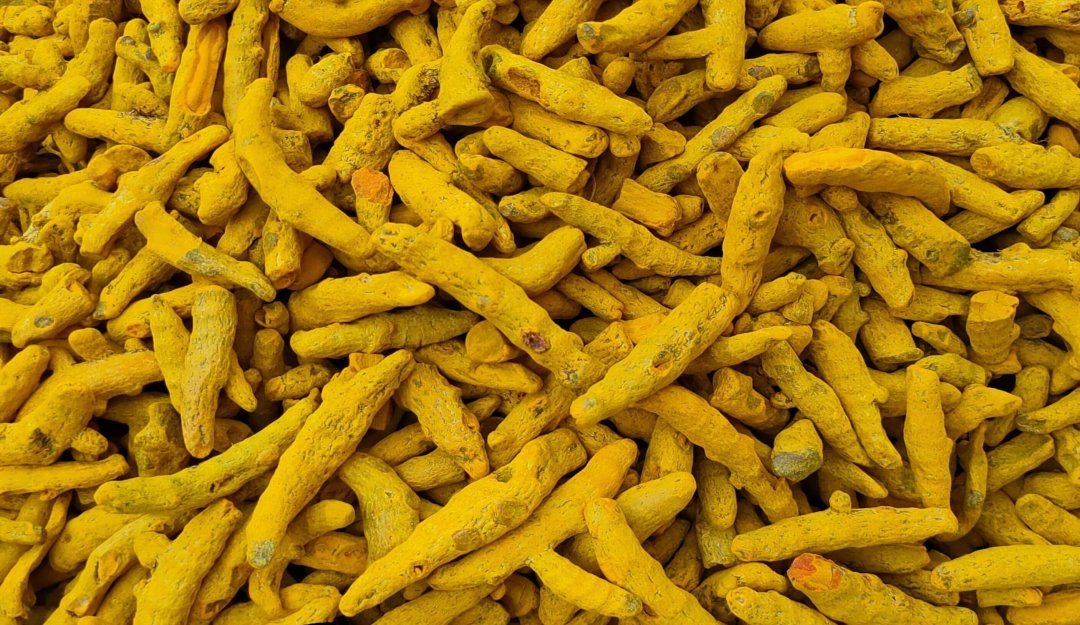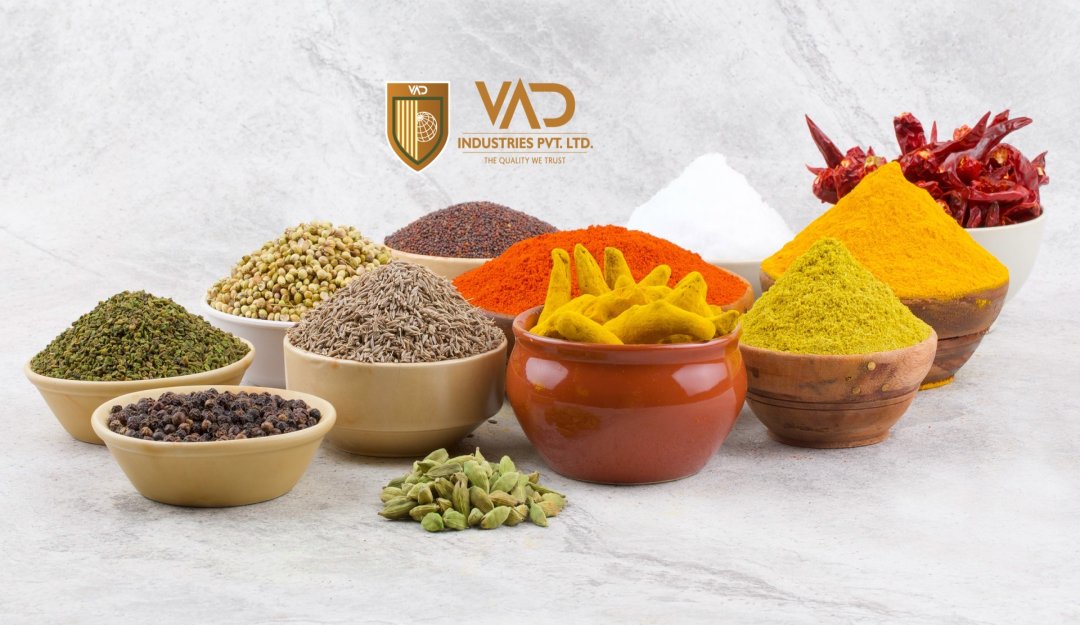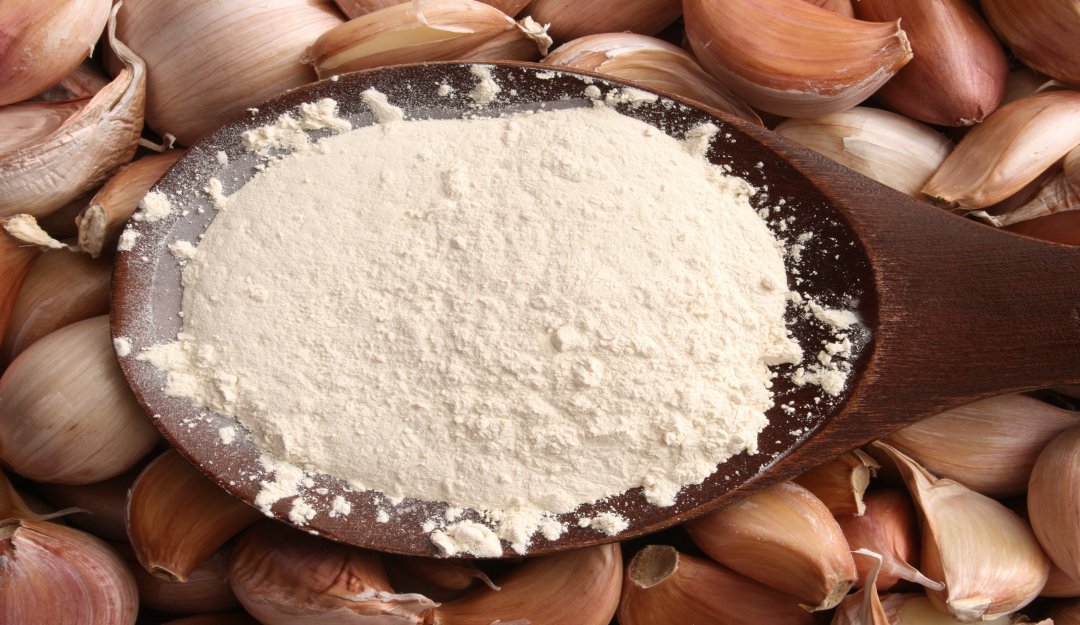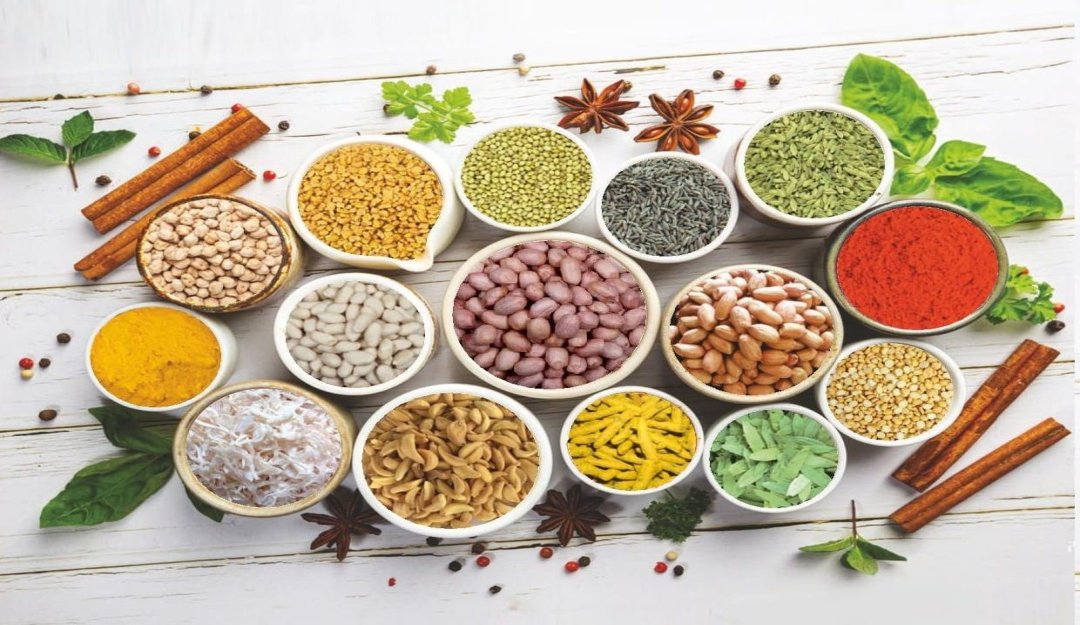Whole vs Ground Spices: Which is Better for International Buyers?
-
By
VAD INDUSTRIES
- September 21, 2025
- Indian Spices
- 0 comments
Spices have been the lifeline of global trade for centuries. From the Silk Road to modern shipping lanes, they have connected continents, cultures, and cuisines. Today, India is the world’s largest producer and exporter of spices, meeting the demand of international markets with both whole spices and ground spices.
But for international buyers — importers, distributors, wholesalers, and food processors — the key question remains: Which form of spice is better to source — whole or ground?
The answer isn’t one-size-fits-all. It depends on factors like storage, shelf life, authenticity, convenience, and end-use application. This guide dives deep into the whole vs ground spices debate and provides insights for buyers to make smart sourcing decisions.
If you’re looking for a trusted partner in the global spice trade, VAD Industries is among India’s leading spice exporters, supplying premium-grade whole and ground spices worldwide.
What are Whole Spices?
Whole spices are spices in their raw, natural form — seeds, roots, pods, or dried bulbs that have not been ground. These include:
Key Features of Whole Spices
- Longer Shelf Life: Whole spices retain their natural oils for up to 2 years.
- Better Aroma on Grinding: Freshly ground whole spices release stronger flavor.
- Lower Adulteration Risks: Whole spices are easier to check for purity.
- Cultural Preference: Many cuisines (Indian, Middle Eastern) prefer buying whole spices for grinding at home.
For exporters, whole spices are relatively easier to ship and store, making them a common choice in bulk international trade.
What are Ground Spices?
Ground spices are spices that have been processed into powder form. Common ground spices include:
Key Features of Ground Spices
- Convenience: Ready-to-use in kitchens and factories.
- Standardization: Consistent flavor across large batches.
- Faster Processing: Saves labor in restaurants, food plants, and households.
- Shorter Shelf Life: Generally 6–12 months before aroma fades.
Ground spices are in huge demand in Europe and North America, where buyers prefer ready-to-use powders for packaged foods, sauces, and ready-to-cook meals.
Whole vs Ground Spices: Key Comparison
Feature | Whole Spices | Ground Spices |
Shelf Life | 12–24 months | 6–12 months |
Flavor Retention | Stronger | Moderate |
Ease of Use | Needs grinding | Ready-to-use |
Adulteration Risk | Lower | Higher |
Packaging Needs | Minimal | Airtight & moisture-proof |
Preferred Buyers | Wholesalers, distributors | FMCG, food processors |
Shelf Life & Storage: The Buyer’s Concern
For international buyers, shelf life is critical. A shipment might spend weeks at sea and months in warehouses before reaching consumers.
- Whole spices like Dry Red Chilli and Dry Ginger can easily last 12–24 months when stored in cool, dry conditions.
- Ground spices like chili and turmeric powders require airtight, moisture-resistant packaging to prevent clumping and flavor loss.
That’s why reliable exporters such as VAD Industries use modern packaging techniques to ensure freshness.
Cost & Convenience for Buyers
From a cost perspective:
- Whole spices are cheaper per kilogram but require buyers (or end customers) to grind them before use.
- Ground spices are slightly more expensive but save on labor, machinery, and processing.
For example, a restaurant chain in Europe may prefer Cumin Powder to save kitchen time, while a Middle Eastern spice wholesaler may prefer Cumin Seeds for local grinding.
Popular Whole Spices for Export
- Cumin Seeds – Used in Middle Eastern and Mexican cuisines.
- Coriander Seeds – Popular in European seasoning blends.
- Fennel Seeds – Consumed in confectionery and teas.
- Turmeric Finger – Essential for grinding fresh turmeric powder.
- Ajwain Seeds – Used in bakery and digestive mixes.
- Fenugreek Seeds – High demand in herbal supplements.
Popular Ground Spices for Export
- Turmeric Powder – Growing demand in health supplements and organic foods.
- Red Chili Powder – Widely used in sauces, snacks, and curries.
- Coriander Powder – Essential for seasoning blends.
- Cumin Powder – Staple in fast food and packaged spice mixes.
Market Trends in Spices
The demand for both whole and ground spices is region-specific:
- Middle East: Prefers whole spices like Dry Red Chilli and Dry Ginger.
- Europe & USA: Lean toward ready-to-use powders like turmeric and chili.
- Health Industry: Increasing imports of Psyllium Husk and Powder, Black Seeds, Senna Leaves, and Senna Pods.
For more insights, read The Spice Route: Exploring the Demand for Indian Spices in the UAE.
Challenges in Exporting
- Whole Spices: Require sorting, grading, and cleaning before export.
- Ground Spices: Require contamination checks, sterilization, and strict packaging standards.
Products like Dill Seeds or Senna Pods need uniform size and moisture control, while powders need metal detection and purity checks.
Future Outlook of the Spice Industry
The spice industry is evolving with:
- Custom spice blends tailored to regional cuisines.
- Organic spices with traceable sourcing.
- Premium packaging solutions for longer shelf life.
Both whole and ground spices will remain in demand — but buyers will increasingly focus on quality certifications, hygiene, and traceability.
Conclusion: What Should Buyers Choose?
So, which is better — whole or ground spices?
- Choose whole spices if you want longer shelf life, authenticity, and the flexibility of grinding locally.
- Choose ground spices if you need convenience, consistency, and quick use in food manufacturing.
The smartest strategy is a balanced sourcing approach, importing both forms depending on your target market. Partnering with trusted exporters like VAD Industries ensures high-quality, authentic spices tailored to global standards.
Q1. What is the main difference between whole and ground spices?
Whole spices are raw forms like seeds or pods, while ground spices are processed powders. Whole spices last longer, while ground spices offer convenience.
Q2. Why do international buyers prefer whole spices?
Whole spices such as Cumin Seeds and Turmeric Finger have a longer shelf life, stronger aroma, and lower risk of adulteration, making them ideal for bulk import.
Q3. Are ground spices more profitable for food processors?
Yes. Ground spices like Turmeric Powder and Red Chili Powder save labor, ensure consistency, and are widely used in packaged food manufacturing.
Q4. Which spices are in highest demand globally?
International markets demand both forms, but top items include Dry Red Chilli, Coriander Seeds, and Cumin Powder.
Q5. How can importers ensure spice quality?
Buyers should partner with trusted exporters like VAD Industries, who provide certified, hygienically processed, and well-packaged spices with guaranteed freshness.
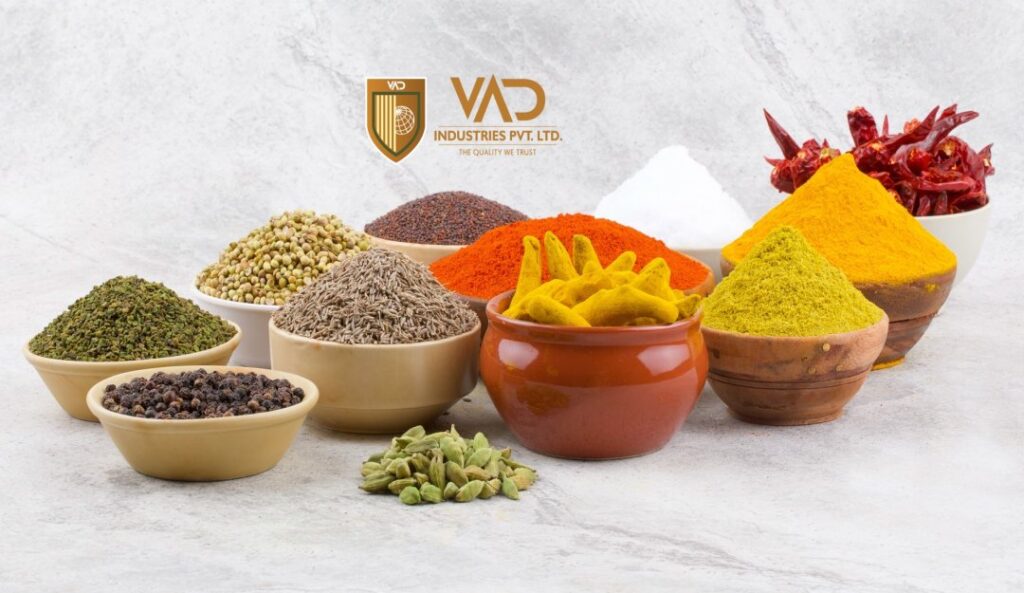
RELATED POSTS
- September 25, 2025
How to Select the Best Quality Turmeric for International Buyers
- September 21, 2025
5 Things to Check Before Importing Spices from India
- September 21, 2025
The Complete Buyer’s Guide to Dehydrated Garlic for Food Manufacturers
- September 21, 2025
Difference Between Whole & Ground Spices in Export Quality
- September 14, 2025

